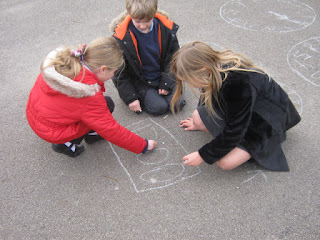Friday
16th December
Home
Learning
Seeing as this is the last Friday before the
Christmas break, there is no home learning for you to do this weekend (or in
the 2 weeks after that). I do however have a surprise for you all on Tuesday
that I hope will test your brains (hopefully in a fun way) whilst you’re
enjoying your well-deserved rest.
What
we have done this week
This week has been jam packed with rehearsals,
performances, the circus (which was brilliant) and Christmas dinner, as well as
much else on top of all this. On Monday morning we went straight to the village
hall where we did a full run through of Key Stage 2’s Christmas performance.
This was our last rehearsal before the dress rehearsal and so it was a case of
putting the finishing touches to everybody’s hard work.
Tuesday was our whole school trip to the circus. We
went to the Hippodrome in Great Yarmouth to see their ‘Christmas Spectacular’
and it definitely lived up to its name. There were acrobats (on the ground, up
high and in water), dancers, comedy acts and a motorcycle act that had to be
seen to be believed.
Wednesday was dress rehearsal day where we got to
see everybody’s fantastic costumes for the first time. It also allowed us in Key
Stage 2 to watch Key Stage 1 and Reception’s Christmas performance for the
first time, which was great fun. It was then onto Thursday and Christmas
performance day. It was a long day but I’m sure everyone who saw any of the
performances will tell you how well both Key Stage 1, 2 and Reception did and
how worthwhile this made all of their hard work.























































